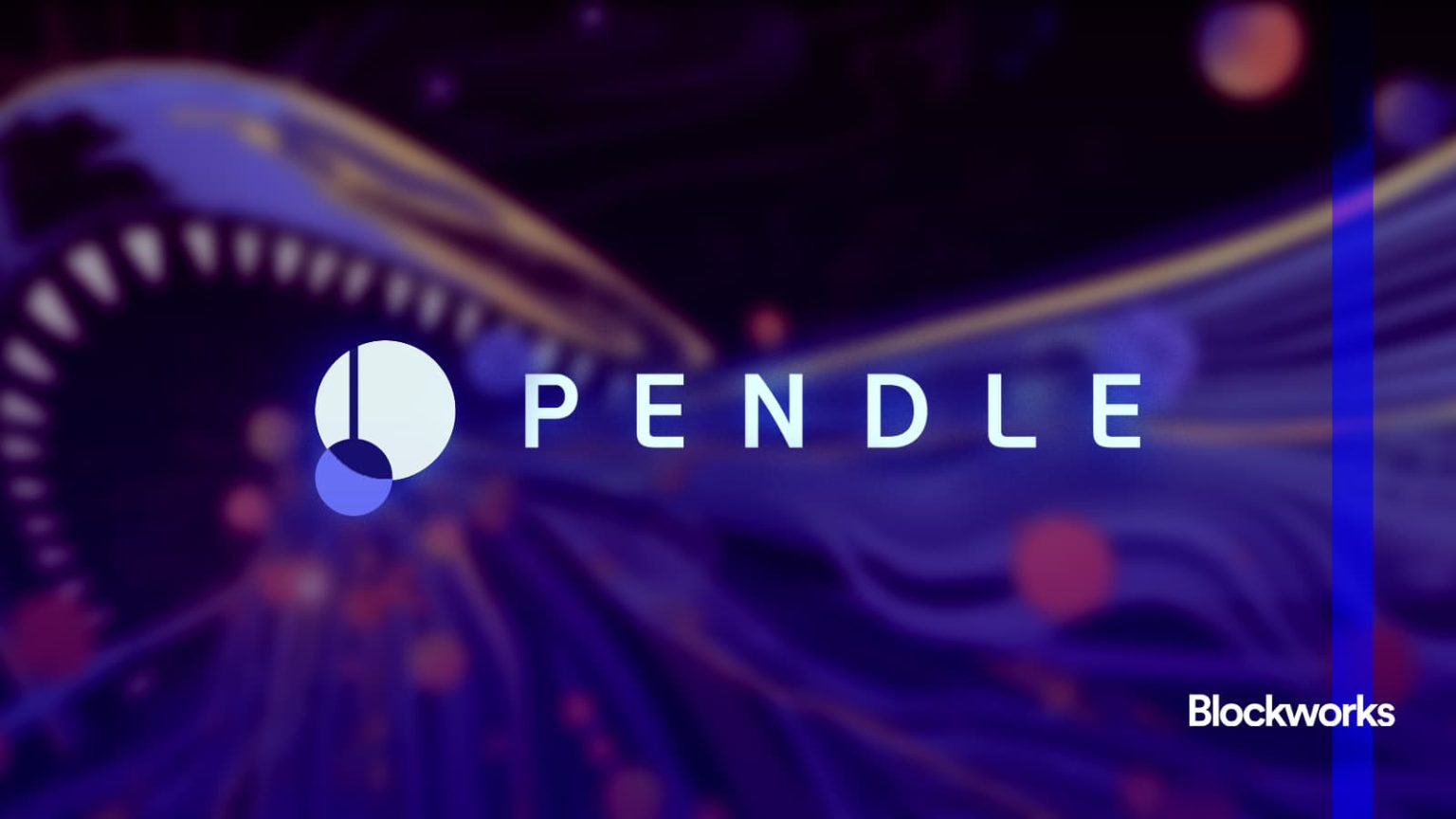In on-chain finance, yield streams are increasingly becoming fundamental building blocks. A new primitive, introduced by Pendle, aims to harness one of crypto’s most volatile yet essential flows: the perpetual futures funding rate.
This innovation, dubbed Boros, tokenizes the floating funding-rate, creating an instrument that can be traded, hedged, or potentially used as collateral. Initially available for Binance ETH and BTC perpetual futures, Boros establishes a market for fixed-versus-floating funding rate swaps, enabling a novel method to price and hedge directional leverage.
“Traders exposed to funding rates can hedge their funding exposure on Boros by fixing the amount of funding rate they pay,” the Boros team explained.
Price Certainty & Complementary Role
Users can lock in costs or secure predictable yields:
- Floating-to-Fixed Swap: A trader long ETH perps worried about rising funding can buy Yield Units (YU), paying a fixed rate to receive the floating leg, capping carry costs.
- Protocol Funding: Stablecoin protocols structurally short perps to harvest funding can sell YU, receiving fixed payments upfront and smoothing treasury income.
- Capital Efficiency: Protocols gain certainty in yields, potentially attracting more conservative capital, while treasuries manage variable PnL into predictable income.
Market Harmonization & Versatility
Pendle founder TN Lee anticipates Boros will normalize funding rates across exchanges.
“Boros allows arbitrage of funding rates across exchanges, thereby resulting in the converging of rates,” Lee stated.
Furthermore, Boros aims to extend its model beyond crypto funding, potentially tokenizing staking yields, real-world credit, or CeFi rates, provided yields are oracle-verifiable.
Platform-specific vaults earn fees by providing liquidity to the fixed/floating swaps, similar to Pendle’s V2 pools, incentivizing LPs.
Coinciding with Larger Trends
This effort aligns with projects like Notional, whose Exponent upgrade also tokenizes yield (“Smart Redemption”) for use in lending markets.
Both Boros and Notional Exponent share the goal of creating reliable, tokenized cash flows suitable as collateral, enhancing capital efficiency and integrating yield primitives into DeFi’s credit infrastructure.
Funding-Market Refinement
Boros’ introduction is deemed “starting from 0” with on-chain risks managed, currently operating on Arbitrum.
By allowing participants to hedge funding exposure without unwinding directional trades, Boros could dampen volatility if sufficient liquidity emerges, limiting extreme funding spikes even as leverage remains intact.
YU token value decays predictably towards expiry, making it suitable for collateral despite lacking traditional cash flows.
Beyond tokenizing funding, Boros represents an architectural shift: enabling any verifiable yield stream to become a tradable collateral asset, moving DeFi closer to a comprehensive on-chain fixed-income market.











